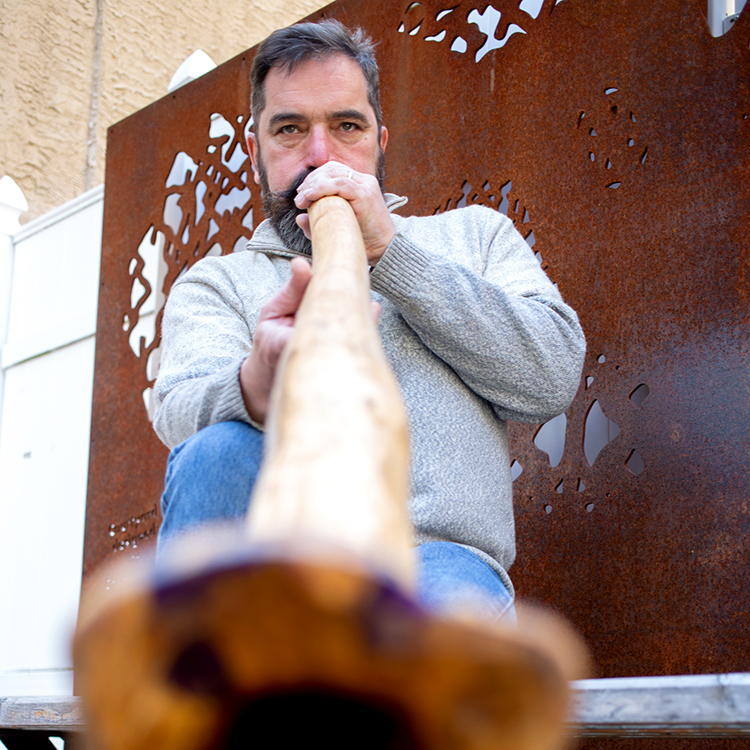by Claire Marie Porter
While former Philadelphia Union forward C.J. Sapong was recovering from a herniated disc and cervical nerve injuries sustained in a 2014 game, he began researching alternative forms of healing.
Typically, treatment for sports-related injuries are intended to get the player back in the game as soon as possible, and aren’t necessarily concerned with long-term effects. But Sapong, wanting to heal himself from the inside, began researching the health food movement.
“My injuries showed me that soccer isn’t something I can do forever,” he says. “It allowed me to start looking at my body and health.”
Sapong soon found that when he changed his eating habits, he felt better all over.
Motivated by his discovery, he says, “I started thinking: ‘Okay, there’s something to all this.’”
Sapong’s food research led him to poverty statistics, as well as a better understanding of food insecurity, waste and climate change. In 2017, he founded Sacred Seeds, a nonprofit organization that’s aimed to nourish, educate and generate income for underserved urban populations through a hands-on teaching curriculum.
“Once you see it, it’s hard to turn a blind eye to it,” he says.
Sapong wanted to start tackling food insecurity in Philadelphia. He envisioned creating gardening spaces for children, teaching them to grow their own vegetables and microgreens, and empowering them with the knowledge to sustain themselves.
“I was always looking for a channel for authentic, genuine connection with people in the world,” Sapong adds.
After looking up “how to start a nonprofit,” Sapong was able to manifest that channel. He created a board, mostly of friends, and eventually brought on a team of volunteers.
“I wanted to give back in a way that would have a lasting effect,” he says, adding that as an athlete, he signs autographs and poses for photos, but is often left wondering what he actually gives back to kids.
Those lasting effects include two community gardens and a Seed Lab that Gregory Newman, Sacred Seeds’ director of growth, describes as “between a classroom and a greenhouse.”
Construction of the Ruth Street garden, a 9,000 square-foot lot in Kensington next to the Frances E. Willard elementary school, is underway. Sapong wants to use the Seed Lab on this location as an outside classroom for students. He envisions the perimeter of the garden to be therapeutic, with running water and aesthetically pleasing flora.
“The kids say they can’t wait,” says Samuel Snyderman, the project’s communication and outreach director. “We have a feeling that we belong here.”
A pilot garden at the Union’s stadium in Chester will be unveiled on May 18.
Sapong was traded to the Chicago Fire earlier this year, but has planted his seeds, which he hopes will grow as quickly as the microgreens on his windowsill.
“It really evolved into what I envisioned it to be—not just a garden or greenhouse, but a place for healing, connection and empowerment,” says Sapong.
And a place that can sustain itself, he adds.
“It’s about developing a foundation. You finally see that little sprout,” he says, laughing at the inescapable plant pun, “and then things pick up. It’s easy when you feel it.”










